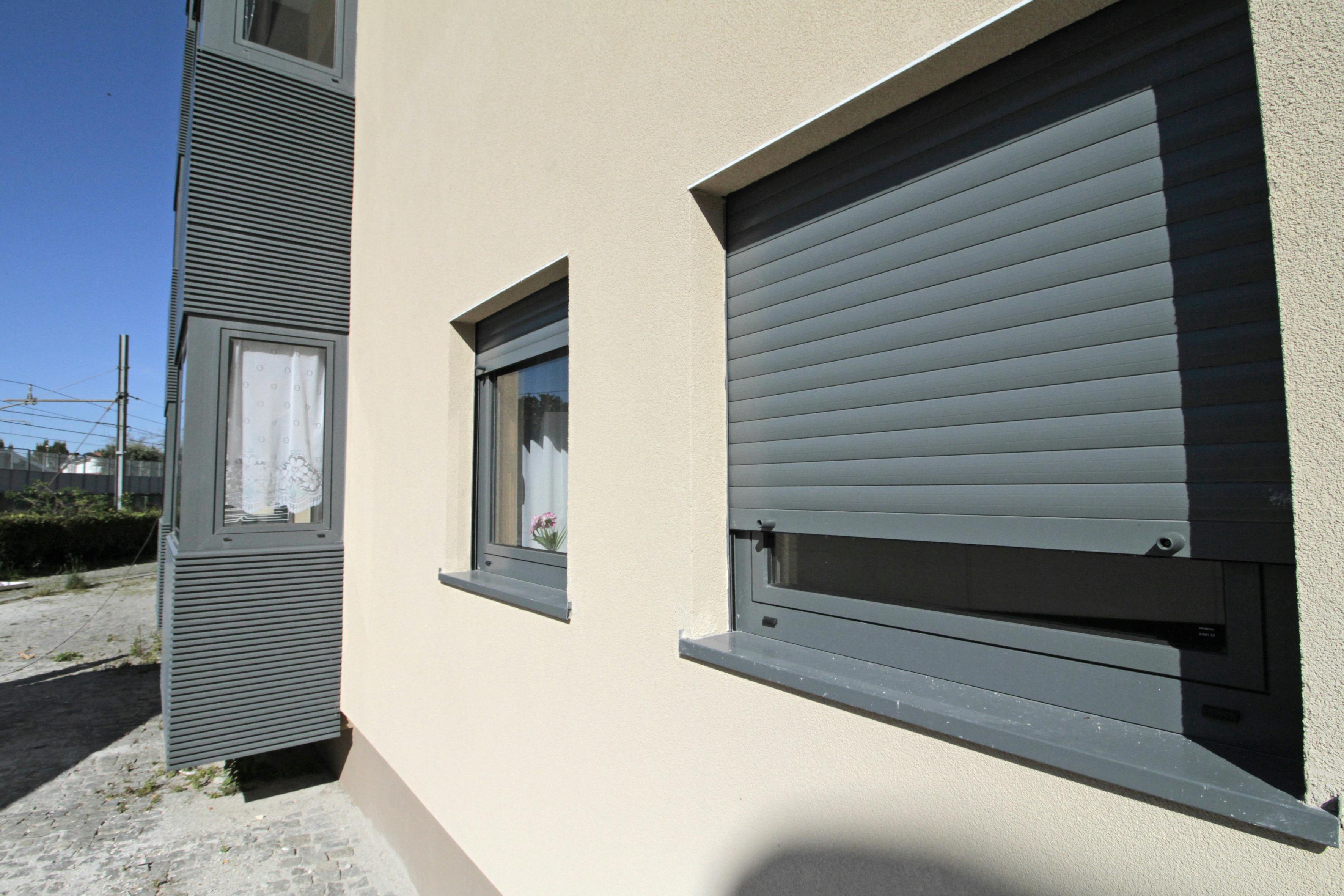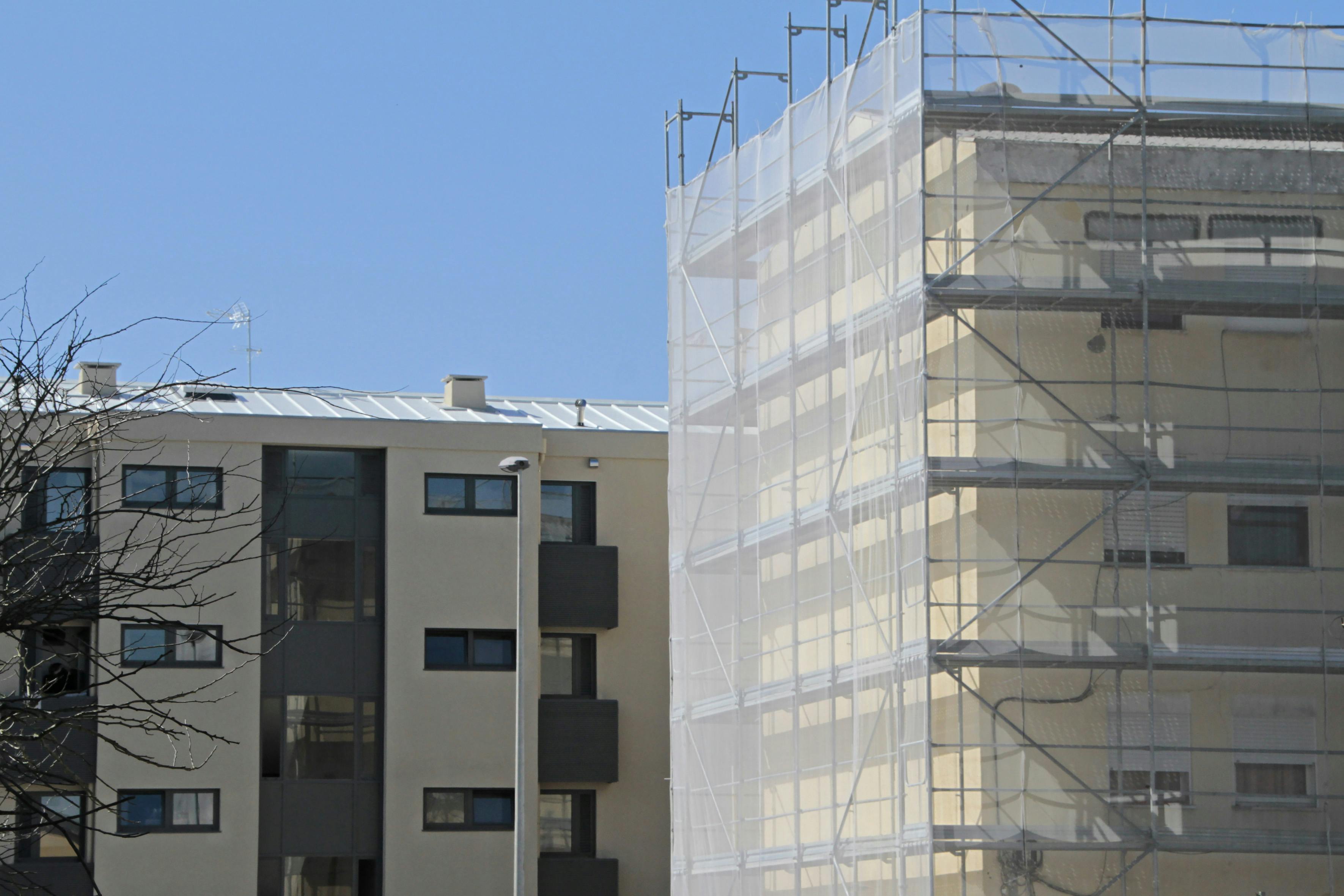January 2023
Case Study #01 – MH, EM

Why this case?
Relevant Data Templates evaluation (ISO 23387)
Case Study #01 aims to determine, using the CH Custóias intervention, which Data Templates are the most relevant according to different points of view. This identification aims to streamline strategies for prioritising the implementation of Digital Passports for Construction Products.
Custóias CH is representative of the existing social housing-built stock in Portugal, and the intervention fits within an in-depth refurbishment to improve living conditions and energy efficiency.
These objectives align with the guidelines of the European strategy Renovation Wave.
The example of CH Custóias is relevant because it constitutes a test bed providing knowledge and processes that can be widely used in other interventions.
Case Details
MatosinhosHabit, EM
- Project
CH de Custóias
- Location
Matosinhos
- Owner
MatosinhosHabit, EM
- Intervention
Complete Renovation
- Number of houses
58 (after renovation)
Overview
The different steps of the project
All case studies follow the same structure and similar approach setting the background for guidelines, innovative processes, or sustainability goals disclosure.
Case Study #01 enabled the identification of the most relevant elements/construction products, using a multi-criteria rationale covering the entire refurbishment process, in order to progress with the creation of Digital Passports for these Construction Products.
- 01
Case History
The same Data Template is assumed to serve as the basis for both a type of product to be placed on a building site (a new wooden interior door) and a product to be removed and which may have different destinations (a wooden interior door to be removed for reuse on another building site).
- 02
Case Plan
By means of a multi-criteria analysis, the most relevant construction products were identified in both the deconstruction and construction phases.
- 03
Case Development
The "Cost" and "3D modelling" criteria were considered across the "deconstruction" and "construction" analyses. Taking into consideration the legal framework and the Owner's concern for the "deconstruction" phase, the "Type of waste/potential for reuse/recycling" and "Toxicity" of the elements to be deconstructed were also considered.
For the "construction" phase, "Relevance to Asset Management" and "Impact on Energy Efficiency" were considered.
- 04
Case Outcomes
The results of the "construction" phase point to windows, roofing elements and façade systems (ETICS) as being the most relevant.
With regard to the "deconstruction" phase, in addition to some elements being the same (windows and roofing elements), it is important to mention interior doors and thresholds/sills.







